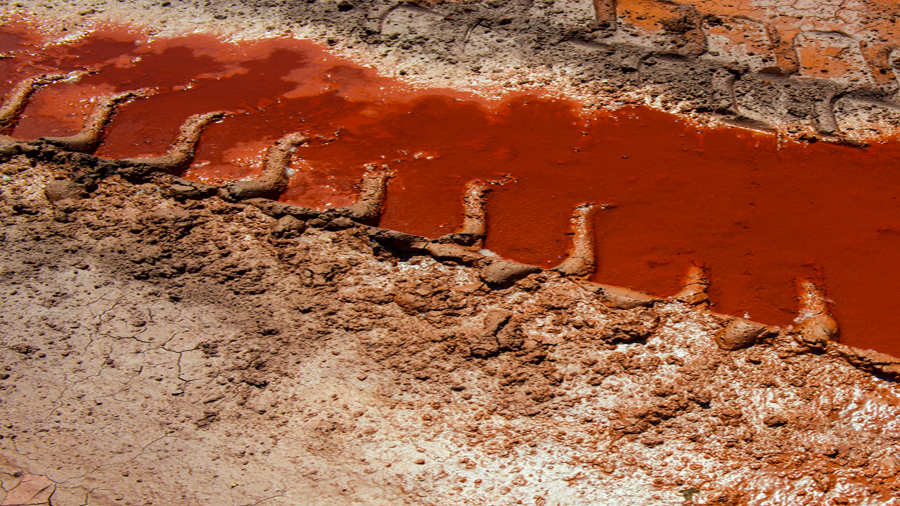
Australia’s Dept of Industry on Friday became the latest to forecast lower iron ore prices even as the Northern China benchmark continues to build a solid base above the $50 a tonne mark.
The import price of 62% Fe content ore at the port of Tianjin traded at $55.20 per dry metric tonne on Friday according to data supplied by The Steel Index.
The price of iron ore is down sharply since trading within shouting distance of the $70 mark in mid-April but year to date the price is up 28.7% and has surged 49% since hitting near-decade lows in December. Year to date iron ore is averaging $51.70.
Loss making operations may continue to produce for longer than previously expected and the downward revision also factors in increased supply from India and additional cost reductions reported by producers
After making a rare upward adjustment to predictions in its first quarter report, analysts at Australia’s Department of Industry, Innovation & Science on Friday went the other way in its June report and joined a number of investment banks to forecast a drop in the price.
The government forecaster in its latest quarterly report adjusted downward its iron ore price forecast and now expects prices to average $44.20 a tonne this year compared to the $45 per tonne prediction it made in April.
Predictions for next year were slashed by more than 20% and the dept now says prices will continue to decline to average $44.80 a tonne in 2017. In its previous report it saw prices improving year on year to average $56 next year and rising to above $60 in 2018.
The prices used by the department are free-on-board Australia. Freight rates have hit rock bottom and the West Australia–China route adds only around $5 a tonne to the price, while from Brazil shipping costs are below $10 a tonne.
Australia Industry says its price revision to iron ore is “based on the assessment that loss making operations may continue to produce for longer than previously expected. It also factors in increased supply from India and additional cost reductions reported by iron ore producers.”
The risks to the “commodity price forecasts over the next eighteen months remain firmly on the downside” the authors added.


Australia Industry estimates global trade in iron ore to inch up from 2015 levels to reach close to 1.5 billion tonnes in 2016, the lowest rate of growth in more than a decade. Next year growth would accelerate by 4% “driven by the continued displacement of domestically produced iron ore in China with imported iron ore”.
Iron ore producers’ dependence on China will continue to grow. China consumes two-thirds of the seaborne iron ore supply with imports estimated to reach a record 974 million tonnes according to dept calculations before increasing to 981 million.
The authors warn however that there are three important downside risks to the outlook for China’s iron ore imports:
The first two are the potential for China’s steel production to fall faster than anticipated or for domestic iron ore production to decline slower than anticipated.
The third risk is the potential for China to make more of its steel in electric arc furnaces—which use scrap steel and require much less iron ore.
The world’s lowest cost producers — Australia and Brazil — are both forecast to increase their share of global seaborne trade in 2016 and 2017 according to the report.
Australia is forecast to increase its market share from 54% in 2015 to 58% in 2017, while Brazil’s share is forecast to increase from 26% in 2015 to 28% in 2017.
2 Comments
PaoloUSA
Interesting is that they never mention the impact of stringent environmental regulations that effectively puts Australian suppliers at M/L term risk of sustainability. It will not be an expansion based market but a substitution market to cope with increasing environmental pressure. Please guys, tell the whole story.
Rich
No one has a clue where the price of iron ore is headed but the most clueless are governments, banks and analysts.